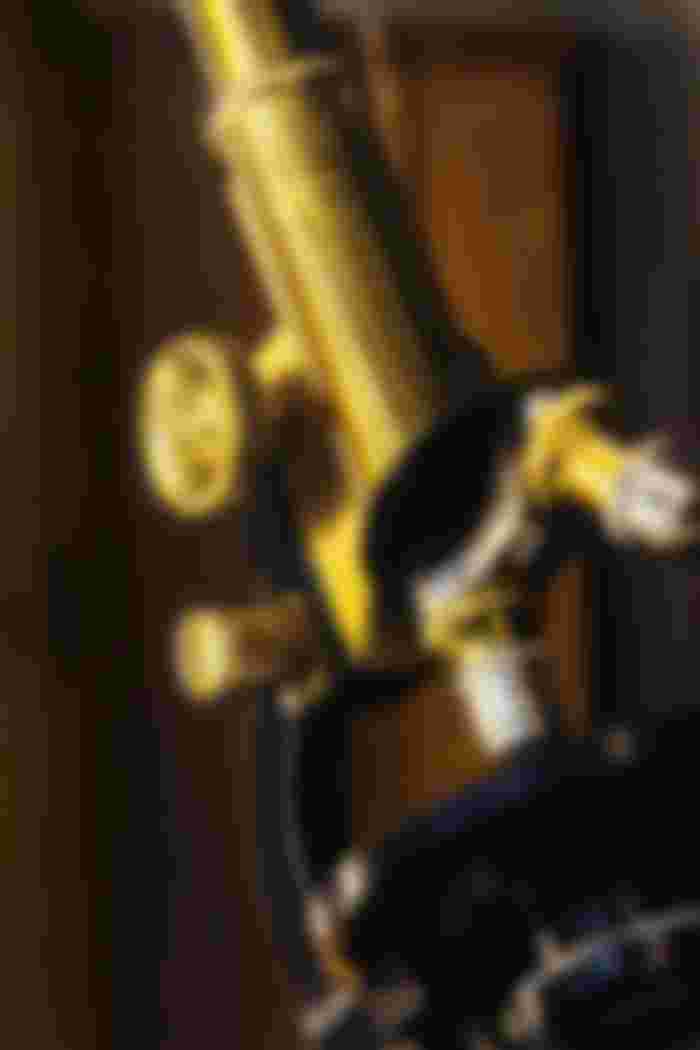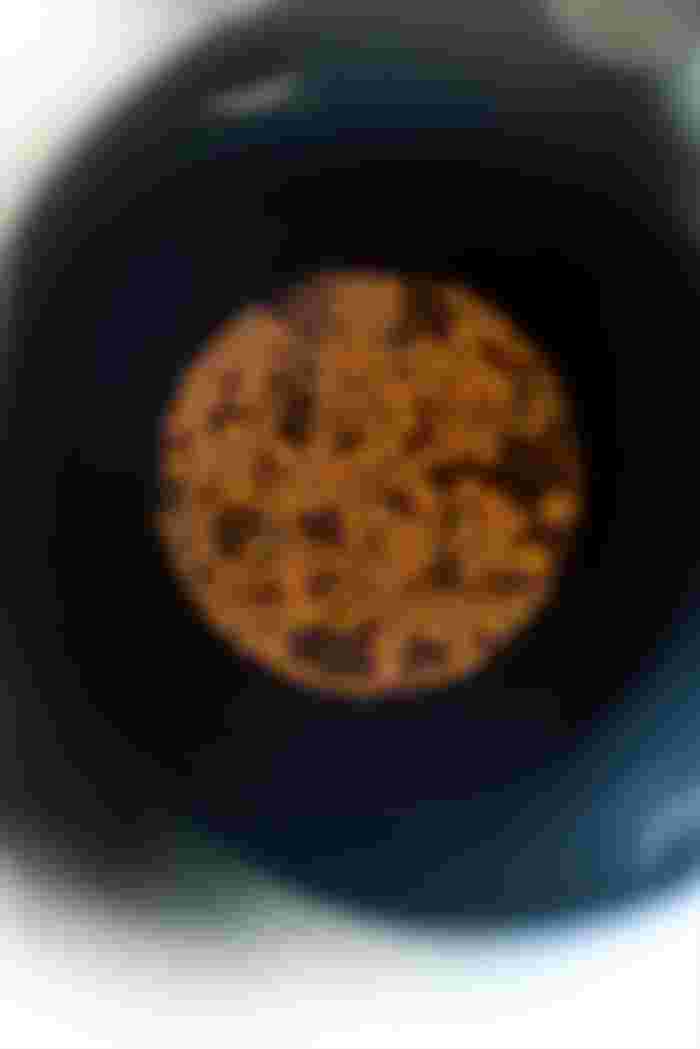I always had curiosity about microscope. When i was is school i had met with microscope for the first time. And then also college provided me that to use Because of some practical. We all should know about it even a little bit also.so let's just start
So Microscop is what?
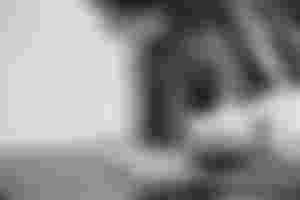
Microscopes are an essential research tool for biology students, as are weapons for fighters, telescopes for astronomers. With the help of this, a very small object can be seen many times larger. The compound microscope that you have in your educational institution has the ability to see these small objects with the help of light. These microscopes are called light microscopes. The microscope that uses electrons instead of light is called an electron (not electronic!) Microscope. There are two types of light microscopes, simple microscopes and Compound microscope.
There is a type Simple microscope
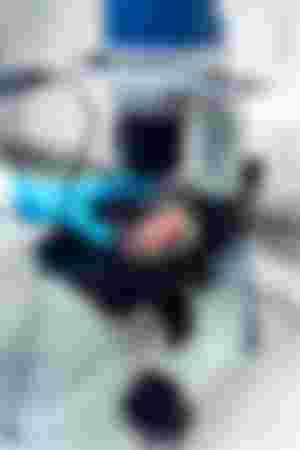
This microscope has a pillar at the top of the foot, to which a glass stage is attached. There are two clips attached to this glass stage. There is a mirror at the bottom of the pillar. Above the column is a drawn tube and has a ring on its arm to hold the lens. By placing the lens on this loop, the gross adjustment screw can be turned to focus on the object in question. The test work should be started by reflecting the light on the object to be observed with the mirror. The foundation on which the instrument stands is called the foot.
There is simple and also compound. Let's know about Compound microscope
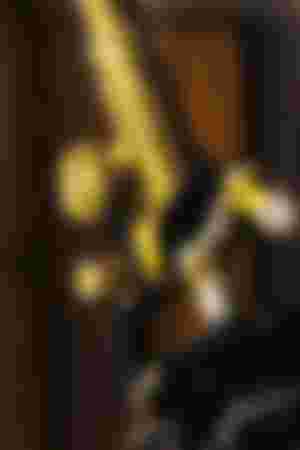
Before learning how to use a compound microscope, it is important to know the names of the different parts.
Notice the image of the microscope. Stand: This is a vertical pillar standing on the base. Arm: The curved part at the top of the stand is called the arm. Base: The deck-like part at the bottom of the stand is called the base. Stage: The stage is attached to the lower part of the arm. Body tube: A cylindrical part of the upper part of the microscope which has an eyelid at one end and objective lenses at the other end.
The rotating part of the nosepiece and the lower part of the objective body tube is called the noseplece. It is fitted with three objects (lenses), namely, low power object (10x-12x), high power object (40x-45x), oil immersion object (100x), Some devices,
however, have another object, called a screening object (4x-5x).
IPS: A (monocular) or (binocular) is attached to the upper part Eyepiece (lens) of the body tube Its magnification is usually 10x-12x.
Fine Adjustment Knob: This is a small knob. The slide can be moved in or out of the focal length of the lens by turning it up and down the stage. When it is rotated a lot, there is a slight movement of the stage, which means that the focus is finely adjusted.Cells and tissues.
Course Adjustment Knob: This is a big knob. The slide can be moved in or out of the focal length of the lens by turning it up and down the stage. A little rotation of it causes a lot of movement of the stage, which means that it makes a rough adjustment of focus.
Substage diaphragm and condenser: Below the stage is a substage that can be moved up and down with a condenser attached. The condenser contains a diaphragm or screen that determines how much light will enter the condenser.
Light source: In the center of the base is a light source, from where the light enters the lens through the condenser.
Don't want to use compound microscopes?? Let's try
If you want to use natural light in a microscope, you have to place it in a lighted place in the laboratory. The mirror must first be placed in such a way that the reflected light is reflected under the glass slide placed along the hole in the stage. And if the artificial light source is present as part of the microscope, then it just needs to be lit. The slide to be observed must be glued to the stage clip. Then turn the nosepiece and place it along the low power lens slide of the objective. Now first the course adjustment screw and then the fine adjustment screw will have to be brought into focus. Now you have to keep an eye on the eyepiece lens placed in the body tube. If necessary, the fine adjustment screw can be turned. Whether monocular or binocular, try to keep both eyes open while looking at the microscope. Even if it is difficult at first, it will gradually become a habit. When you see a microscope with one eye, your eyes get tired easily. If high power is required, you must turn the nosepiece with the help of a teacher and install a high power lens.
When a thin layer of staining cell or tissue is seen under a microscope, it is difficult to distinguish it from the aqueous medium in which it is located. There are several ways to solve this problem, one of which is to color the cell or tissue, so that the color can be identified by looking at its location and shape depending on the environment. Many times this dyeing process can be done with such precision that only a particular type of cell or a particular part of the cell or a specific component of the organ or tissue is colored. This is called slide staining. The pigments that are used for staining are collectively called stains.
There is another type of microscope named Electron microscope
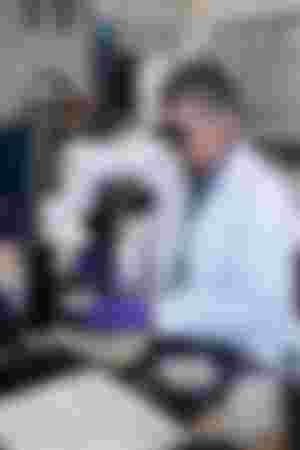
The shorter the wavelength of the wave used for magnification, the smaller the object will be able to magnify. It is not possible to focus objects as small as about half of the wavelengths commonly used in magnification as seen under a microscope. The wavelength of visible light is between 400-700 nanometers. So even the most advanced light microscopy does not magnify an object smaller than 200 nanometers, nor does it do so by adjusting a very large number of powerful lenses.
As a result
Under microscopy, nothing but the cell membrane, nucleus, and cytoplasm can be understood very well. The organelles located in the cytoplasm cannot be seen separately. To solve this problem, electron waves are used instead of visible light, because the wavelength of electrons can be made much shorter than visible light. Instead of glass lenses, powerful electromagnets are used, which can bend the direction of the electron current, just as glass bends light. As a result, it is possible to see the internal organs of the cell clearly. The microscope that amplifies using electron waves is called an electron microscope or an electron microscope. Note that images made with electron waves cannot be seen with the naked eye. A computer connected to an electron microscope converts that invisible image into a visible image that is visible on a computer monitor.
Some Microscopic view you should see
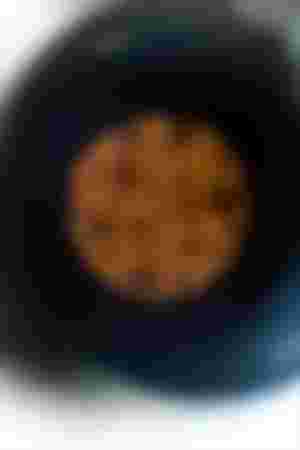
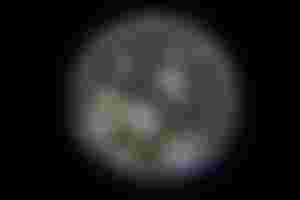
In our daily lives,microscope isn't so important bit if you go for research, microscope is a must thing you need to know about.so i Thought why shouldn’t i post an article on it so that people will know about it much. You know microscope is an awesome invention to me.
Sources
Lead image https://unsplash.com/photos/UK0lzD16BxI
1st image https://unsplash.com/photos/L9EV3OogLh0
2nd image- https://unsplash.com/photos/UK0lzD16BxI
3rd image - https://unsplash.com/photos/HZa3qSwIu0k
Unsplash.com is rrally a good source of pictures.i take the pictures from there.
Thanks to my sponsors ❤️
Stay blessed, be safe.


